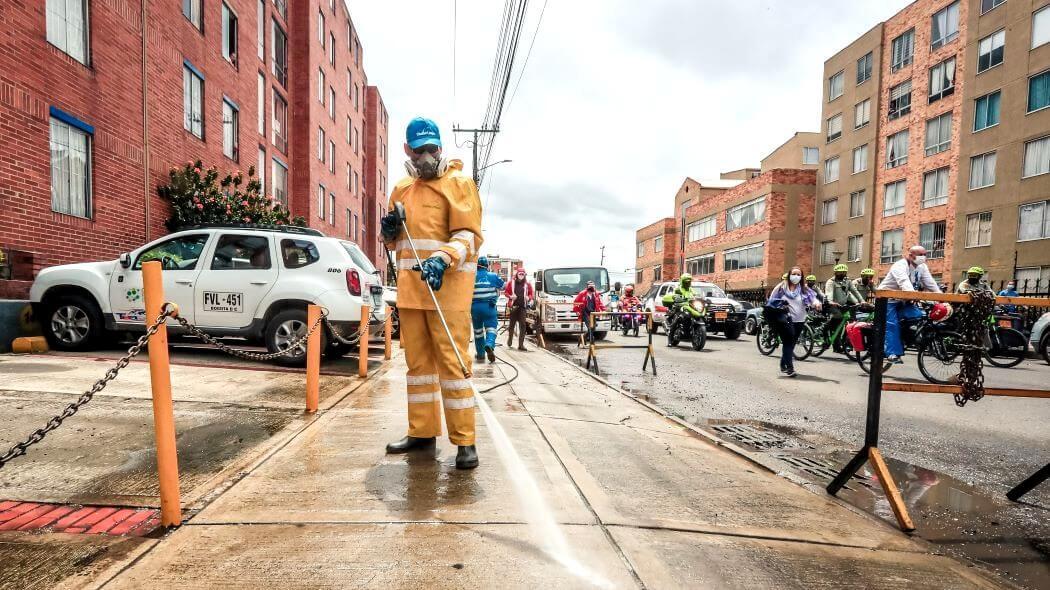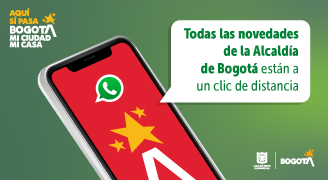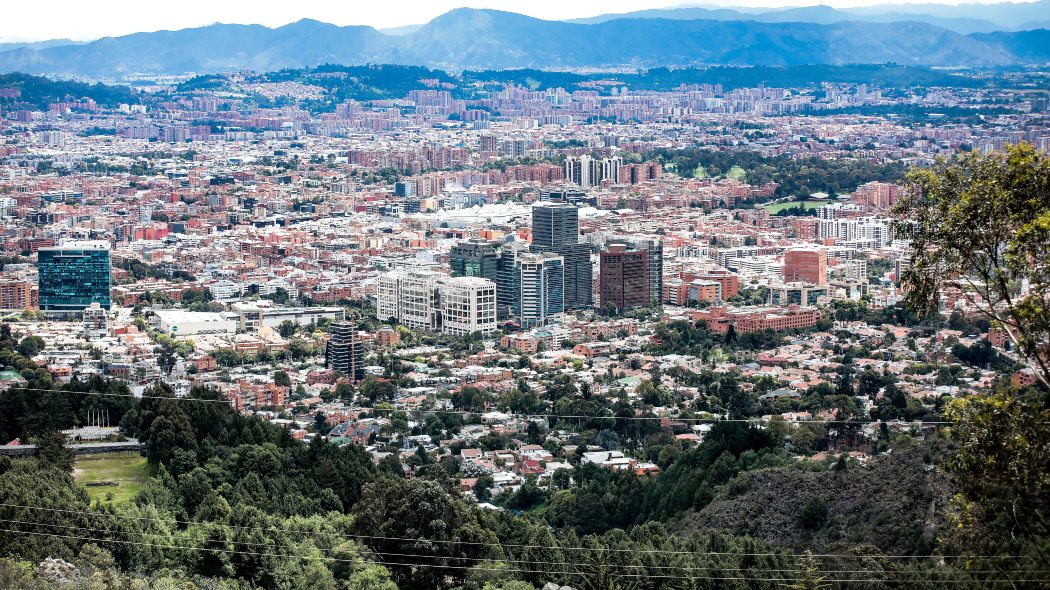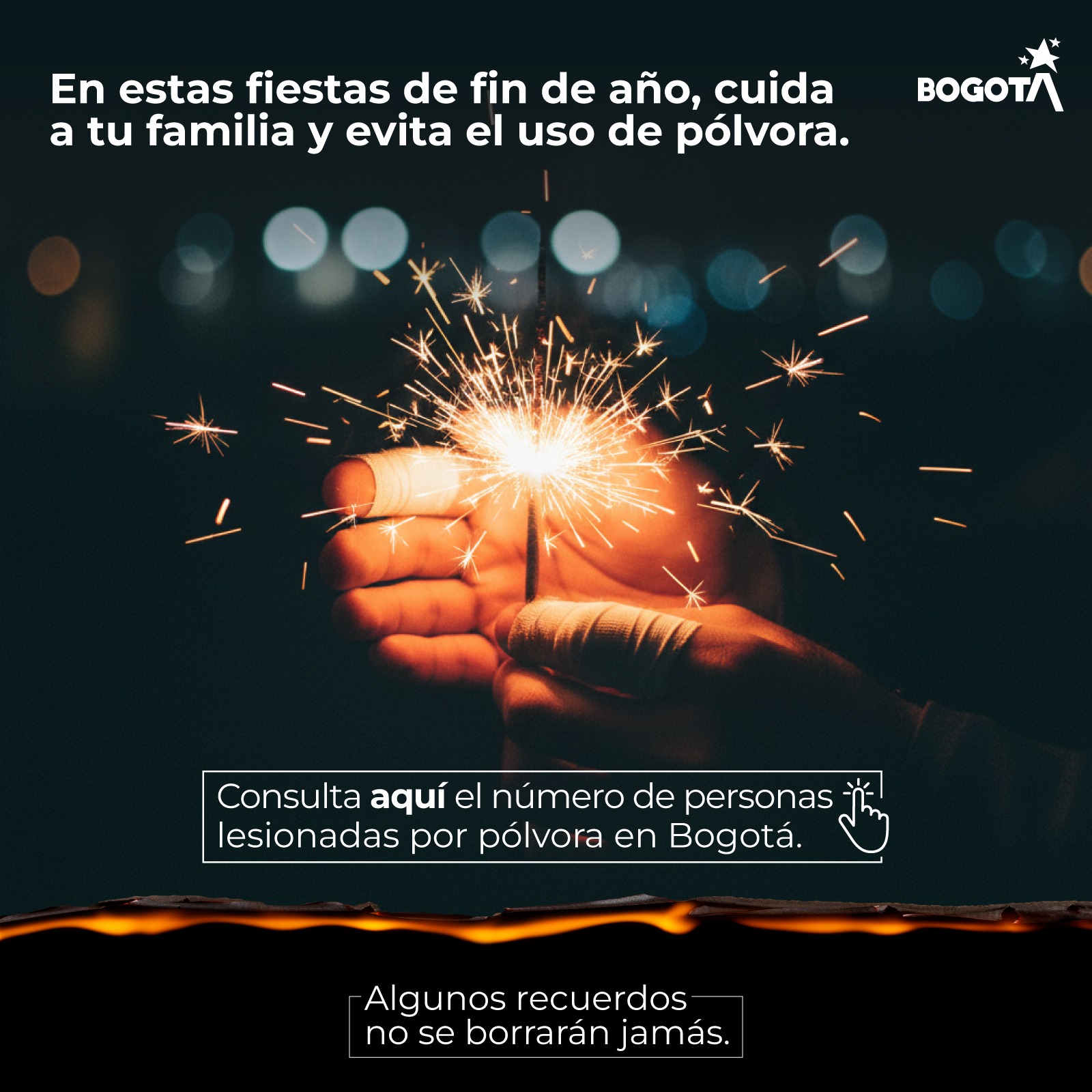In the new phase of the pandemic, marked by the easing of restrictions, Bogotá implemented Special Care Zones as a way to target lockdown in areas of the city in which there is a high risk of transmission. This measure seeks to avoid escalation of contagion as more than 2 million citizens were authorized to return to their jobs due to a decree from the national government.
The Special Care Zones (SCZ) were defined using the city´s epidemiological model and georeferencing. This system uses Bogotá´s Health Services databases to determine the number of contagions per neighbourhood, together with contact tracing. As a result, the areas with highest possible Covid-19 cases are identified. Additional variables present in these territories like comorbidity (presence of more than one chronic disorder) and urban density are introduced to delimitate de SCZ.
Con mapas🗺️ ubica Zonas de Cuidado Especial declaradas en 6 localidades. Allí, el Distrito ha identificado mayor riesgo de contagio y por eso en estos puntos se guarda estricta cuarentena durante 14 días, desde el momento en que se decretan. Infórmate 👇 https://t.co/9kx5GxWgc6
— Alcaldía de Bogotá (@Bogota) May 14, 2020
Until now, 7 SCZ were established and intervened with health programs and social aids. For example, street disinfection, massive testing, home health care and food packages were offered. This strategy was accompanied by recreation activities and mental health counselling.
See also: Bogotá's shot for bicycle mobility during the pandemic
Nonetheless, Special Care Zones are under strict lockdown for 14 days. Residents in these zones are only allowed to leave their houses to buy groceries or medicines. Some exceptions are applied to citizens who work on special activities like health and emergency services.
According to mayor Claudia López, cultural appropriation of protection and social distancing rules is highly important. That is why Culture Citizenship and communicational strategies are being applied to promote self and collective care. In this sense, Mrs. Lopez declared: ‘‘Only solidarity and consciousness of our responsibility with others will help us to overcome the crisis.''








